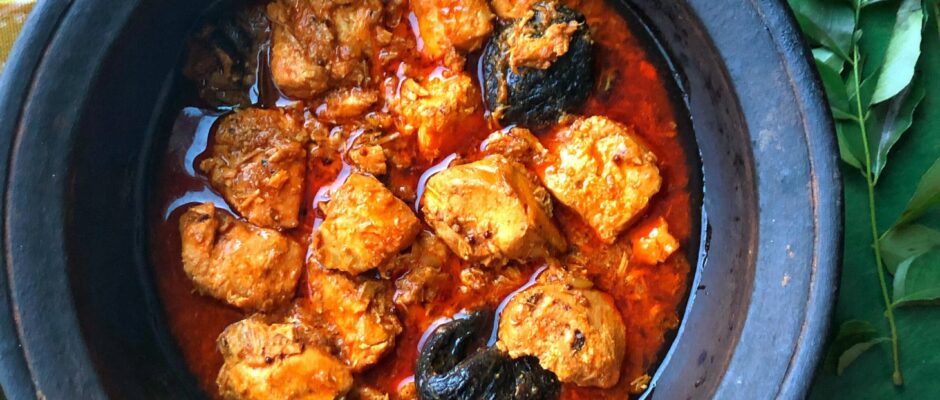What’s Really in Your Fish Curry? Kerala’s Wake-Up Call for Safer Seafood
Ever wondered if that delicious fish curry you’re about to dig into is completely safe? Kerala, India’s seafood paradise, is facing a fascinating challenge that affects everyone who loves their fish – from the morning karimeen fry to the evening meen curry. A Fish Tale Worth Telling Picture this: Every year, Kerala’s 35 million people consume enough fish to fill 45 Olympic-sized swimming pools! That’s a lot of fish curry. But here’s the catch – while Kerala produces plenty of fish (about 500,000 tonnes), it still needs almost double that amount to keep everyone’s plates full. This means tons of fish are swimming in from other states and countries, and that’s where our story gets interesting. What Kerala Needs vs What It Has What We Need: 900,000 tonnes What We Produce: 500,000 tonnes What We Import: 400,000 tonnes The Hidden Ingredients You Never Ordered Remember that time your mother could tell if fish was fresh just by looking at its eyes? Well, today’s fish market is a bit more complicated. Some unscrupulous vendors use chemicals like formalin (yes, the same stuff used in science labs!) to make fish look fresher longer. It’s like putting makeup on fish – it looks good but isn’t exactly healthy! What Could Be Lurking in Your Fish? Unwanted “Extra” Where It Comes From Why It’s Bad Formalin Bad preservative practices Can make you seriously ill Heavy Metals Industrial pollution Long-term health risks Antibiotics Fish farms Creates drug resistance Microplastics Ocean pollution New health concern The Real Cost of Unsafe Fish Last year alone, Kerala saw over 400 cases of food safety issues related to fish. That’s more than one case every day! The cost? A whopping ₹22 crores – money that could have bought enough fish to feed several small towns for a year. What’s Being Done About It? Kerala isn’t taking this lying down. Think of it as a CSI: Fish Edition. The state is setting up testing labs equipped with technology that would make a science fiction writer proud. They’re not just looking at the fish; they’re analyzing everything from water content to chemical traces. The Future of Fish Safety Imagine walking into a fish market and scanning a QR code to see exactly where your fish came from, when it was caught, and what tests it passed. That’s not science fiction – it’s exactly where Kerala is heading. Soon, you might have an app telling you if your fish is as fresh as the vendor claims! What Can You Do? Until all these fancy systems are in place, here’s how you can be fish-smart: Think of these as your fish-buying superpowers: Safe Fish Shopping Guide Look For What It Means Clear Eyes Fish is fresh Firm Flesh Good quality Natural Smell No chemicals Clean Market Safe handling The Silver Lining The good news? Kerala is working hard to make sure your fish curry remains as safe as it is tasty. With new testing labs, mobile testing units, and stricter rules, soon you might be able to enjoy your favorite fish dishes with complete peace of mind. A Tastier Tomorrow Imagine a future where every fish that lands on your plate comes with a guarantee of safety. Where fishermen get better prices for quality catches, and consumers get the fresh, safe fish they deserve. That’s not just a dream – it’s Kerala’s goal for tomorrow. Remember, good food is not just about taste; it’s about being able to enjoy it without worry. So next time you’re at the fish market, take a moment to think about where your fish came from. After all, a little awareness today means healthier fish curries tomorrow! The Final Bite Kerala’s fish safety story is really about preserving a way of life – one where families can gather around a table, share a meal of fresh fish curry, and know that what they’re eating is safe and healthy. Now that’s something worth fishing for! This isn’t just about testing fish – it’s about protecting Kerala’s love affair with seafood for generations to come. And who doesn’t want their grandchildren to enjoy the same delicious meen curry we grew up with?

